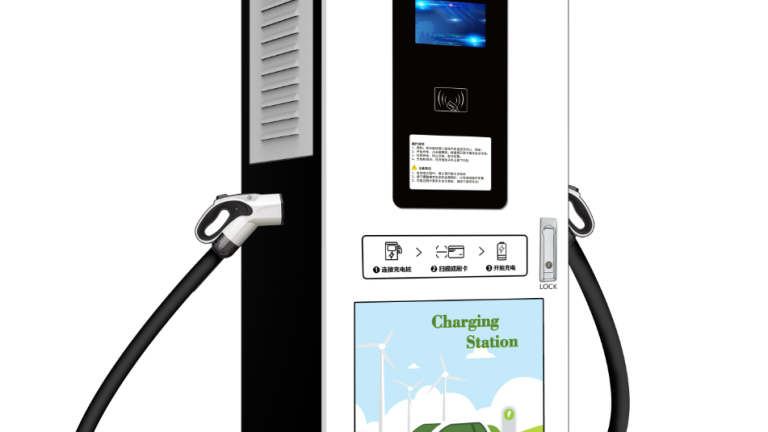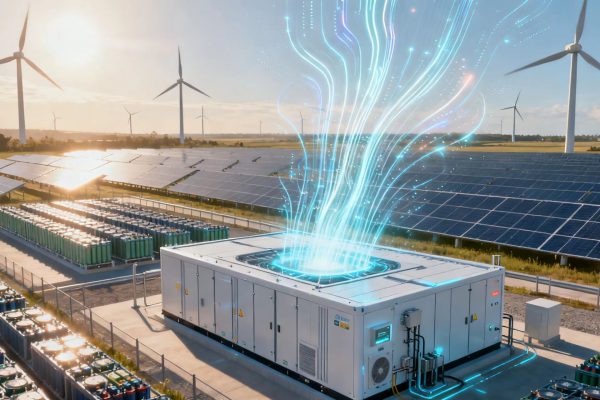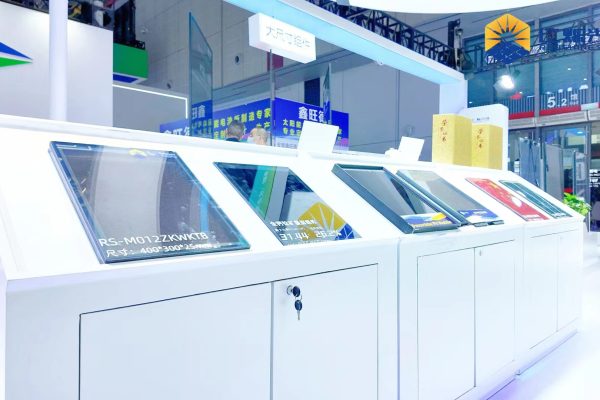Introduction The rapid rise of electric vehicles (EVs) has propelled a parallel revolution in charging infrastructure. In 2025, the focus is no longer just on more chargers, but smarter, faster, and more integrated solutions that align with grid intelligence and renewable energy deployment. EV charging is now a critical component of modern energy systems, with impacts on power demand, grid stability, and user experience.
1. The Shift Toward Ultra-Fast Charging One of the most visible advancements in 2025 is the rollout of ultra-fast chargers supporting 350kW and above. Enabled by 800V battery platforms, these chargers can replenish 200–300 km of range in under 10 minutes, drastically reducing downtime for EV drivers.
- Key Technologies:
- High-voltage battery architecture (800V/900V systems)
- Advanced thermal management via liquid-cooled charging cables
- Wide Bandgap (WBG) semiconductors such as SiC and GaN for higher efficiency
These innovations not only speed up charging but also enhance safety and reduce energy losses.
2. Intelligent Charging: From Plug-and-Wait to Smart Grids Charging stations are evolving into grid-aware nodes that actively communicate with energy management systems. Features like load balancing, dynamic pricing, and Vehicle-to-Grid (V2G) are becoming more common.
- Smart Features Include:
- V2G technology: Enabling bi-directional power flow
- Time-of-use optimization: Charging when electricity is cheapest or greenest
- Integration with home and commercial energy systems
In regions with unstable grids or high renewable penetration, these intelligent capabilities reduce peak loads and contribute to grid flexibility.
3. Business Models and Market Trends As EV adoption grows, so do business innovations around charging. Charging-as-a-Service (CaaS), subscription models, and app-based user platforms are replacing pay-per-use pricing in many regions.
- Global Developments:
- Europe: Widespread DC fast-charging networks funded by the EU and automotive OEMs
- USA: Public and private investment through programs like the NEVI Formula (Biden administration)
- China: Rapid urban expansion with integrated PV + ESS + EV hubs
Private players are also targeting commercial and fleet operators, deploying high-capacity charging depots for buses, logistics fleets, and shared mobility platforms.
4. Deployment Challenges and Strategic Solutions Despite strong momentum, the industry faces hurdles such as grid bottlenecks, land acquisition, and standardization.
- Pain Points:
- High capital costs for fast-charging infrastructure
- Interoperability issues among different charging networks
- Strain on distribution grids during peak hours
- Strategic Solutions:
- Co-location of charging stations with energy storage systems (ESS) to buffer loads
- Use of modular charging units for scalability and rapid deployment
- Open communication standards (OCPP, ISO 15118) to improve interoperability
5. GR New Energy’s Role in the Future of EV Charging GR New Energy provides modular, scalable charging infrastructure solutions tailored to evolving global energy demands. Our systems combine:
- Smart power electronics for seamless grid integration
- Battery-based buffering to reduce grid impact
- Compatibility with solar PV, battery storage, and inverter systems
With field-proven reliability and industrial automation expertise, we serve both public and commercial customers across Asia, the Middle East, and Europe.
Conclusion The EV charging landscape in 2025 is smarter, faster, and more integrated than ever before. As countries and companies race toward net-zero goals, intelligent EV infrastructure will play a pivotal role in ensuring mobility meets sustainability. By embracing cutting-edge technologies and systems thinking, the world moves closer to a clean, connected, and resilient energy future.









